24th June 2020
Addiction Treatment Trends: 3 Alternatives Driving Change
Addiction treatment trends are constantly evolving. As we deepen our understanding of neurological processes in general, and the addicted mind in particular, we discover more effective ways of dealing with addiction and helping the addicted in their recovery journey. From the 12 Step Program to the Johnson Intervention to Methadone and Suboxone, new treatments have always grown out of medical and scientific innovations. And today there are treatments that show incredible promise ready to burst into the mainstream. As neuroscientists and neuropsychologists unearth new data, the way we understand addiction is changing, and the treatments which are leaping to the forefront are those that help to heal the minds of addicts.
Addiction treatment trends are constantly evolving. As we deepen our understanding of neurological processes in general, and the addicted mind in particular, we discover more effective ways of dealing with addiction and helping the addicted in their recovery journey. From the 12 Step Program to the Johnson Intervention to Methadone and Suboxone, new treatments have always grown out of medical and scientific innovations. And today there are treatments that show incredible promise ready to burst into the mainstream. As neuroscientists and neuropsychologists unearth new data, the way we understand addiction is changing, and the treatments which are leaping to the forefront are those that help to heal the minds of addicts.
NAD+
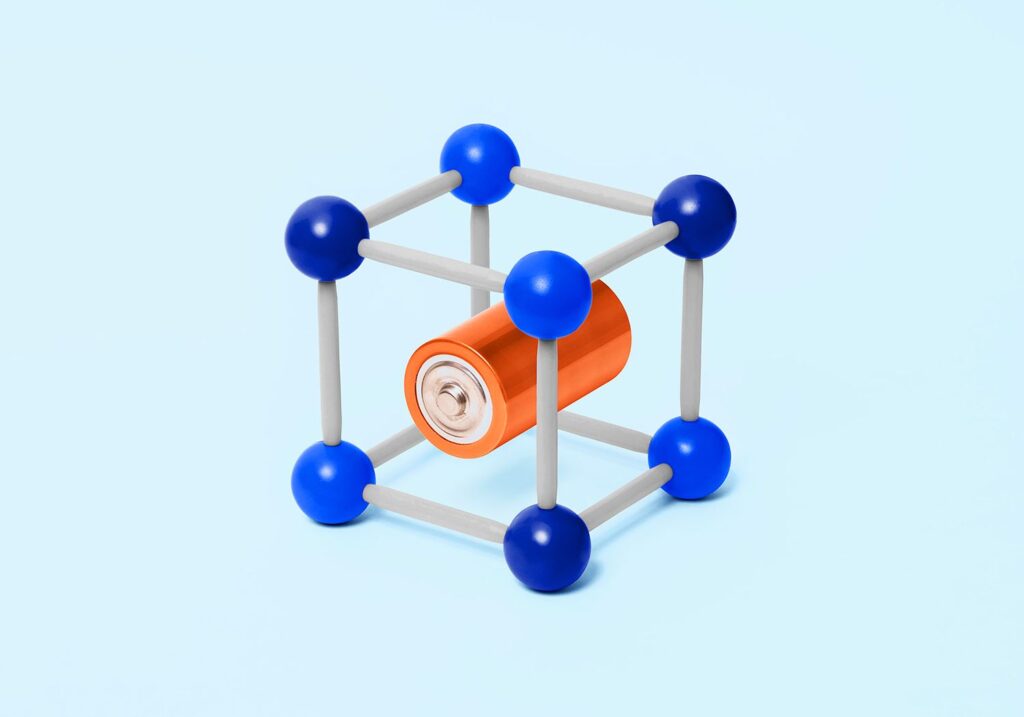
Addiction Treatment Trends: 3 Alternatives driving change
NAD+ is a naturally occurring co-enzyme of niacin which has shown immense promise as a treatment for substance abuse disorders, as well as many of the symptoms of aging. Studies have shown that addicts generally have very low levels of NAD+ in their systems, and many of the physical and mental disorders that frequently co-occur with addiction have been proven to deplete the body’s store of this essential nutrient. Proponents of the treatment tout its ability to restore the balance of neurotransmitters, which is disrupted by the process of withdrawal, decreasing withdrawal symptoms and cravings.
NAD+ was first used as a treatment for alcoholism in South Africa in the 1960s, and it came to the notice of Bill Wilson, one of the co-founders of Alcoholics Anonymous, who experimented with taking 3000 mg of niacin daily, and found it immensely helpful. He even wrote a pamphlet promoting it as a cure for alcoholism. In spite of this, its use never became widespread, and the first NAD+ treatment center in the US, the Springfield Wellness Center, wasn’t opened until 2001. The facility was opened by Psychotherapist Paula Mestayer and her Psychiatrist husband Richard. Since opening, they’ve successfully treated thousands of patients. Dr. Mestayer feels that the treatment is most successful when used as a “maintenance”, and finds that many clients come back for booster doses. She also notes that NAD+ treatment is particularly effective when dealing with alcoholism and opiate addiction.
NAD+ works in theory because it creates “neuroplasticity”, the brain’s ability to create new neural pathways and heal itself. Years of addiction condition the brain to release dopamine when given substances of abuse, and to respond to stress, pain, and anxiety by treating them with drugs and alcohol. NAD+ can help to change the structure of the brain, offering addicts the chance to gain pleasure from activities other than substance abuse and to find new ways to cope with the stresses of life.
For a more in-depth article on NAD+, click here.
Iboga

Iboga
If you’ve kept up with our blog, you already know about Iboga’s uncanny ability to treat withdrawal symptoms and substance cravings, as well as its ability to reset dopamine receptors in the brain to a pre-addicted state. If you haven’t, we’d recommend checking out this post on Iboga’s efficacy for treating opioid addiction. In addition to its treatment benefits, the substance induces an egoless, reflective state that can also help addicts confront and overcome past trauma and certain mental health issues.
Furthermore, Iboga is not habit-forming and is unlikely to be abused. There is no evidence that it is physiologically or psychologically addictive. As one user described the experience: “I wouldn’t recommend it to somebody who is trying to have fun. If you want your body to explode into 1000 pieces and then rebuild itself, then yeah. But don’t expect it to be pleasant.” While there have been no systematic, controlled clinical trials in the US or Europe (mainly because the substance is classified as a Schedule I drug), there are thousands of testimonials from people who credit the substance with saving their lives and allowing for them to recover from the nightmare of addiction.
Iboga use is not without risk. It can be deadly for those with pre-existing cardiac conditions, and in absolutely massive doses it may induce seizures. But even though it is often self-administered, or used without medical supervision in unsafe settings due to its murky legal status, it is still safer than methadone, causing 1 death in every 427 treatment episodes, compared to a 1:364 mortality rate for methadone. Click this link for more on the risks and safety precautions that are too often ignored by irresponsible treatment providers. And if you’d like to know more about iboga treatment, we’re happy to answer your questions.
Getting Holistic
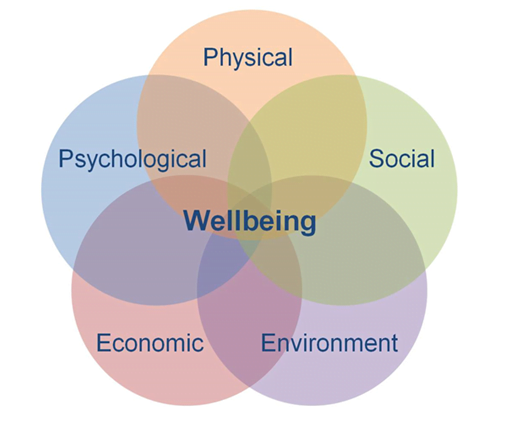
Getting Holistic
Addiction recovery, like cancer recovery, comes with a chance of relapse. And while treatments that deal with cravings and withdrawals are a wonderful tool you can use to heal yourself, dealing with the underlying causes of addiction, whether physical pain, mental trauma, depression, anxiety, or PTSD, is the only way to truly heal yourself. This is why the American Addiction Centers’ resource guide lists a host of techniques that can help lead you into a healthy new life, including equine therapy, biofeedback, yoga, and mindfulness training. As they write, holistic therapies “offer a more comprehensive approach” that heals on “mental, emotional, physical, and spiritual” levels, “increasing the chances for success and reduc[ing] the risk of relapse.”
At Iboga Tree Healing House, we are firmly convinced that holistic treatments are immensely valuable in the weeks, months, and years following inpatient treatment. Addiction batters the body as well as the mind, and in recovery, you have a wonderful opportunity to restore yourself to health and happiness. Kundalini yoga has a host of benefits for those in recovery, connecting body and mind, building strength, discipline, and will-power, and promoting spirituality. Mindfulness practice has been proven to have a plethora of benefits for your mental health and will help you rebuild connections with others that have become frayed or broken while you were addicted. Many other holistic treatments can help you on your journey through recovery, whether it’s art therapy for past trauma or nutrition therapy for rebuilding your body’s strength. At Iboga Tree Healing House we are committed to offering a wide range of holistic therapies to our clients!
Moving Forward Together
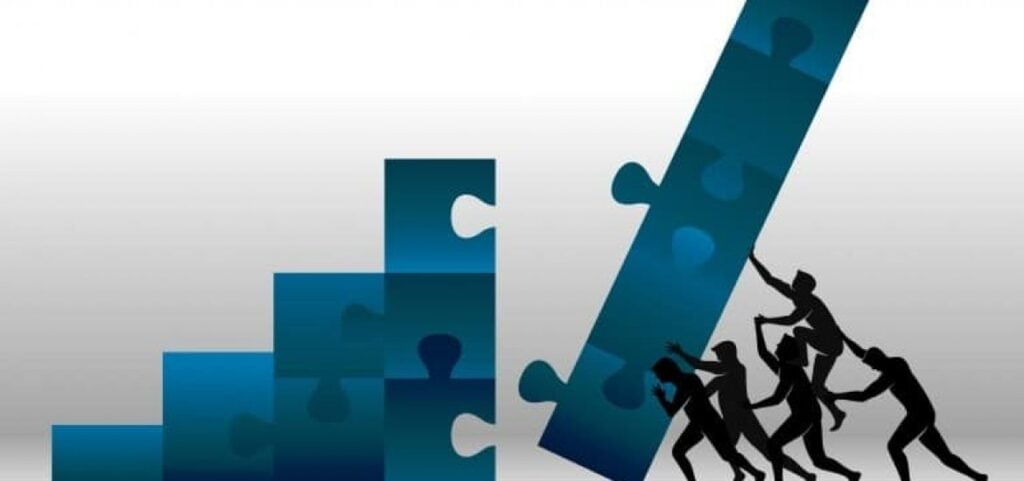
Moving Forward Together
As the opioid epidemic rages on, we need to continue to refine and develop treatments that work in order to win the battle against addiction. Traditional treatment modalities have worked for millions, but they’ve also allowed millions of others to slip through the cracks. We have discovered promising new ways to treat this devastating and debilitating disease, and we should use them to free those trapped in addiction.
4th March 2020 • Sticky Post
Treating Addiction: How Does NAD+ Help?
What Is NAD+?
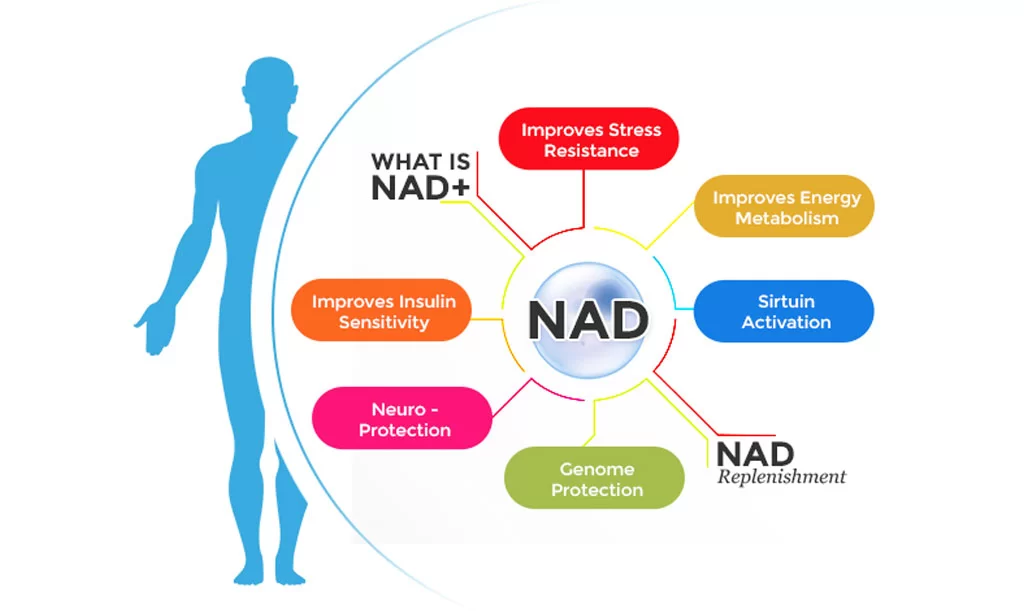
NAD+, or nicotinamide adenine dinucleotide, is scientifically defined as a naturally occurring co-enzyme of niacin. A close relative of vitamin B3, it aids in our bodies’ production of energy by converting energy obtained from food into cellular energy. The substance was discovered in 1906, and a recent study by Harvard researchers found that the NAD+ helped to reverse the effects of aging in mice. The body’s production and supply of NAD+ decreases with age, but Harvard professor of genetics David Sinclair, the study’s director, found that regular injections of NAD+ reversed the effects of vascular degeneration and muscle atrophy among the rodents studied. NAD+ essentially allows for the growth of new blood vessels, which keep muscles and other cells in the body from wasting away. It is also has been proven to increase neuroplasticity, the brain’s ability to repair itself.
The results of this study have led many anti-aging clinics to offer NAD+ therapy, which is also touted by providers for treating chronic fatigue syndrome, increasing focus and energy, aiding in detox from drugs and alcohol, increasing the metabolic rate, and improving cardiovascular health. While long term studies on the effects of NAD+ don’t yet exist, the medical establishment seems quite optimistic about its therapeutic uses.
How Does NAD+ Impact Addiction?
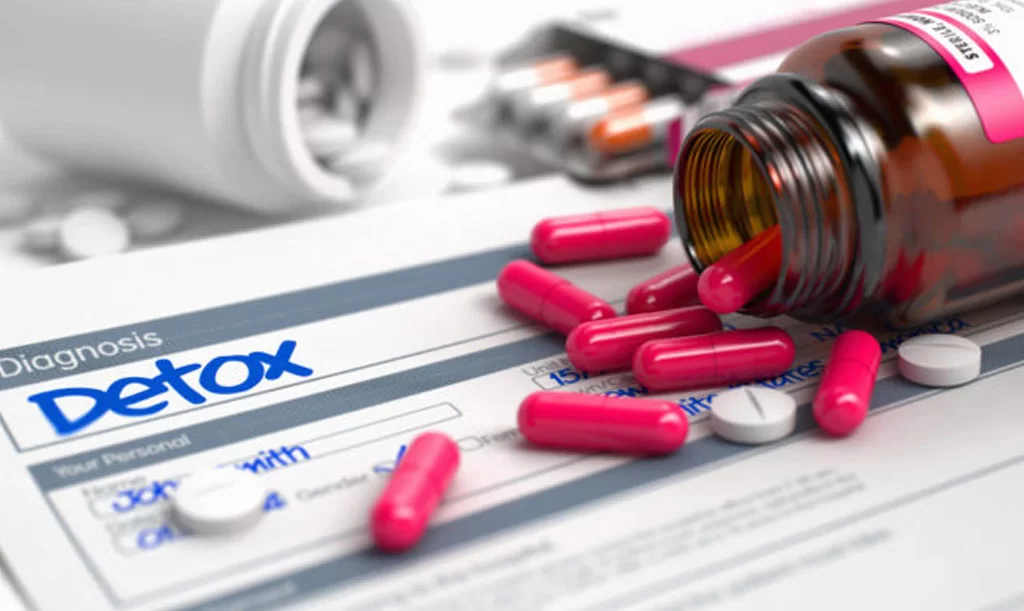
An interesting fact gleaned from research which has been conducted is that addicts typically have lower than average levels of NAD+ in their bodies. Some even speculate that lower than average levels of the substance might be one of the causes of dependence on alcohol and drugs. Some diseases that frequently co-occur with addiction also have the effect of depleting the body’s stores of NAD+, including post-traumatic stress, anxiety, and depression.
One provider of the therapy explains its use in detox and recovery like this: “NAD+ has a significant role in reducing the withdrawal effects by restoring the neurotransmitter balance, which shifts significantly after the drug that's been withdrawn has been removed. As a result, the patient experiences almost no withdrawal symptoms whilst and after completing the infusion cycle.”
Dr. Mark Collins, a British physician and psychologist specializing in addictions, is more measured in his assessment, stating “I have now witnessed its use in many patients, and I am very impressed with the short-term results, what is clearly needed is more research, and in particular longer-term outcome studies.”
Testimonials from addicts who have used NAD+ to aid in their recovery are positive. A recent Vice article by a reporter who experimented with NAD+ treatment to combat cravings for alcohol offered a generally positive review. The reporter also interviewed a crack addict who found that “I’d be lying if I said the thoughts [about picking up] aren't in my mind, and in my mind often, but that deep 'urge' that addicts will know about isn't there any longer.”
While most NAD+ treatments rely on intravenous injections, the substance can also be obtained through foods and nutritional supplements. Milk, fish, mushrooms, whole grains, peanuts, and garden vegetables are all rich in this nutrient. And Dr. Collins notes that “It's been known for decades that a high dose of vitamin B3—the 'poor man's' way of elevating NAD levels—has a beneficial effect for alcoholics, both in terms of detoxification and, perhaps more importantly, in reducing craving and anxiety levels after detoxification.”
In fact, Bill Wilson (better known as Bill W., co-founder of Alcoholics Anonymous) experimented with large doses of NAD+ in 1960. He began taking 3000 mg of niacin (a vitamin which naturally contains NAD+) and found that it reduced the fatigue and depression which had plagued him for years. Excited about this discovery, “Wilson gave the same doses to 30 of his close friends in AA, hoping it could be replicated. Of the 30, 20 he later reported became free of anxiety, tension, and depression in one or two months.” Wilson tried to share news of his discovery and wrote a pamphlet, but the treatment was deemed too controversial by AA’s board of directors and his campaign was suppressed.
Treatment Successes, But No Long-Term Studies
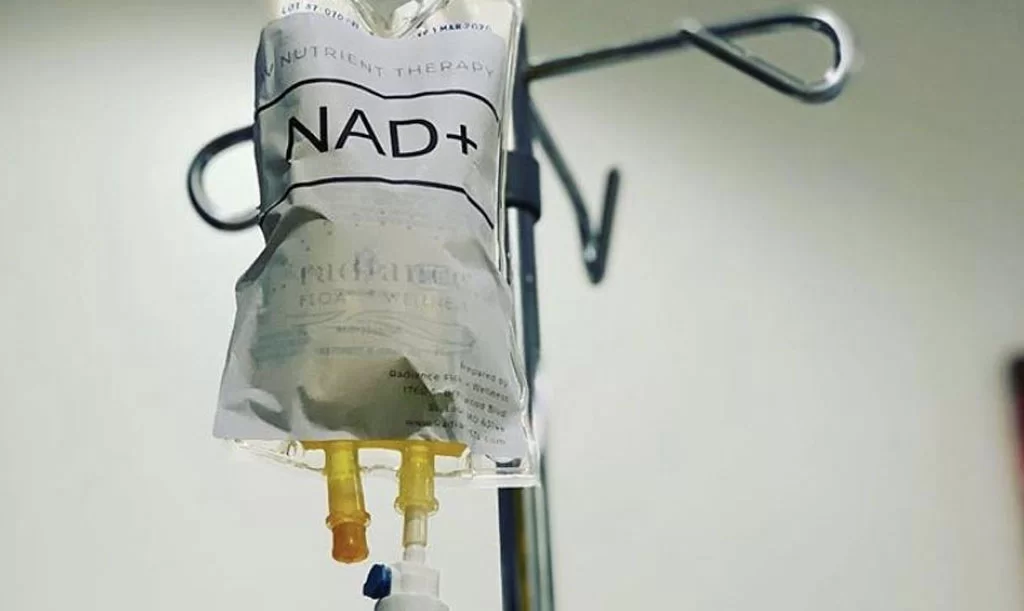
Flood doses of NAD+ have been used to treat addiction in South Africa since the 1960s, and the first clinic offering the treatment, the Springfield Wellness Center, founded by Psychotherapist Paula Mestayer and her Psychiatrist husband Richard, opened in America in 2001. They have since treated over 1000 patients, and Paula Mestayer says that the treatment “is not a cure, but rather maintenance,” and that many clients find it necessary to come back for booster doses. She also has found that the treatment is most effective when treating dependence on alcohol and opiates.
In spite of 70 years of evidence of the substantial benefits NAD+ therapy can offer addicts and those afflicted with a host of other ailments, there haven’t been long-term clinical studies on its efficacy and effects. It is reminiscent of ibogaine’s painstaking journey into the mainstream. While side-effects of NAD+ are usually limited to dizziness and perhaps a day or two of flu-like symptoms, we can’t be absolutely sure that NAD+ treatment is 100% safe in the long-term. But as the opioid epidemic rages on around the world and overdose tallies mount, investigating a promising treatment like NAD+ is indeed a sensible option.
At Iboga Tree Healing House, we feel that it’s the responsibility of governments and addictions professionals to explore every avenue that could possibly lead to the end of addiction. And as we come to understand the cognitive and neurological processes which create the addicted mind, treatments such as NAD+ and iboga seem ever more sensible and promising.


